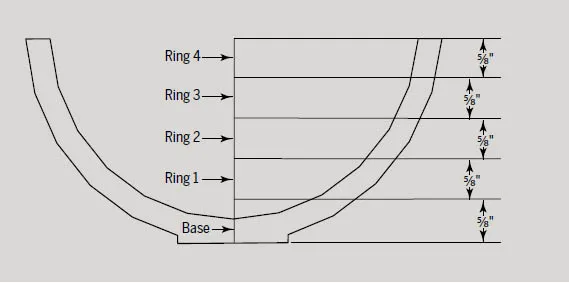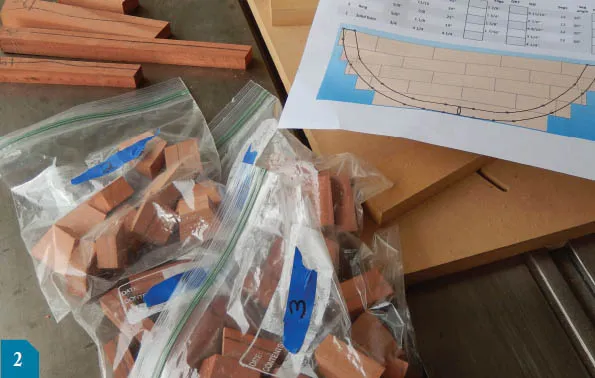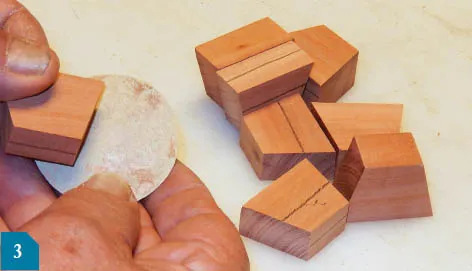
The Fundamentals of Segmented Woodturning
Projects, Techniques & Innovations for Today's Woodturner
James Rodgers
- 104 pages
- English
- ePUB (adapté aux mobiles)
- Disponible sur iOS et Android
The Fundamentals of Segmented Woodturning
Projects, Techniques & Innovations for Today's Woodturner
James Rodgers
À propos de ce livre
In The Fundamentals of Segmented Woodturning, professional woodturner and woodturning instructor Jim Rodgers provides the most up-to-date guide for any woodturner trying his hand at segmented woodturning. With an emphasis on visual instruction, The Fundamentals of Segmented Woodturning offers the new segmenter with a simple, accessible introduction to the established practices while providing advanced segmenters with all the new techniques that have emerged due to the growing popularity of the craft. Starting with the basics, The Fundamentals of Segmented Woodturning covers the essentials of tools, the steps of construction, and critical technique of accurate segment cutting before moving on to ring segmented and open segmented turning. Also covered for today's segmented woodturners are simple design enhancements to dress up any project, a bowl-from-a-board project that utilizes lamination to create mind-blowing designs, and fun techniques for simple and fast segmented pens and vessels that utilize scrap wood and can be completed in a small amount of spare time.
Foire aux questions
Informations
1 Getting Started, How It’s Done—The Basic Steps
Cautions:
- Always plan ahead, build a cutting plan and follow it.
- Assure that woods used are dry and stable.
- Build grain alignment into your plans.
- Make clean, tight joints.
Make a Drawing



Build a Cut List




Cut the Segments


